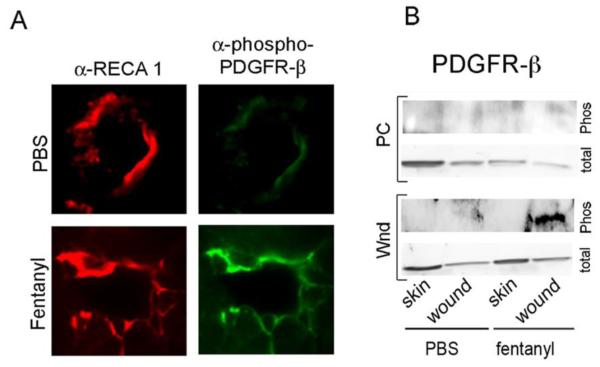Figure 4. Fentanyl stimulates the endothelial-cell specific phosphorylation of platelet-derived growth factor-beta receptor in a time-dependent manner in wounds.
(A) Immunofluorescent microscopy of wound scars 20 days post-treatment costained with α-RECA1 for vessel endothelium (red) and a-phospho-PDGFR-β (green). Original magnification x600. Each figure represents images from 4 different animals per treatment. (B) Protein bands for phospho PDGFR-β and total PDGFR-β on days 20 and 36 in the wound scars post-wounding and in the intact unwounded skin. Blots represent images from 3 reproducible experiments from tissues obtained from 3 different animals per time point for each treatment. Abbreviations: Wnd, wound day 20; PC, wound post closure on d 36; α-RECA 1, rat endothelial cell antigen I; PDGFR-β, platelet-derived growth factor-β

